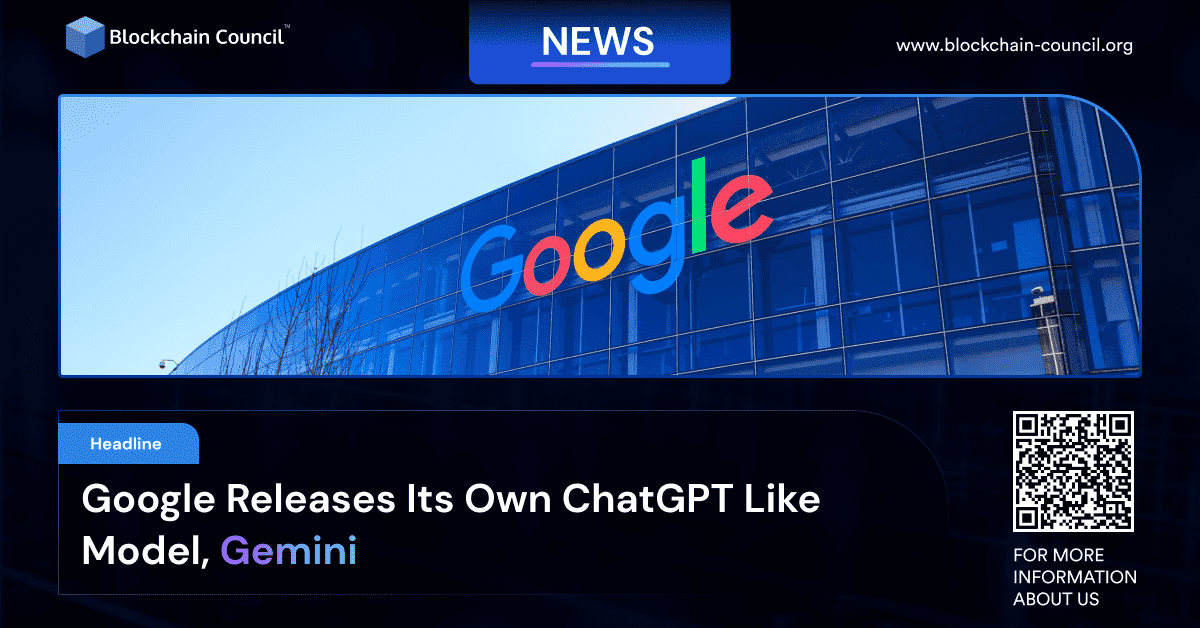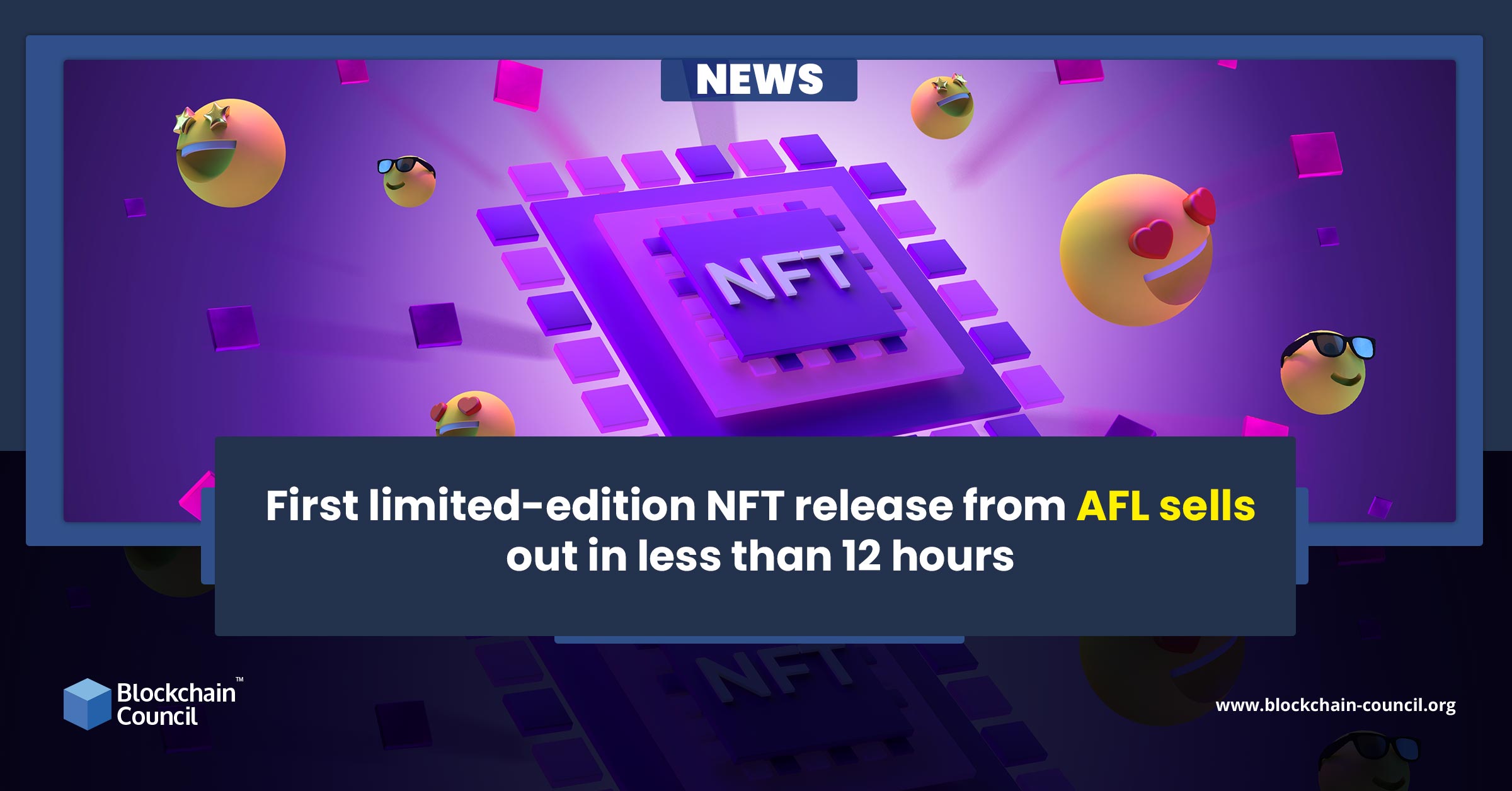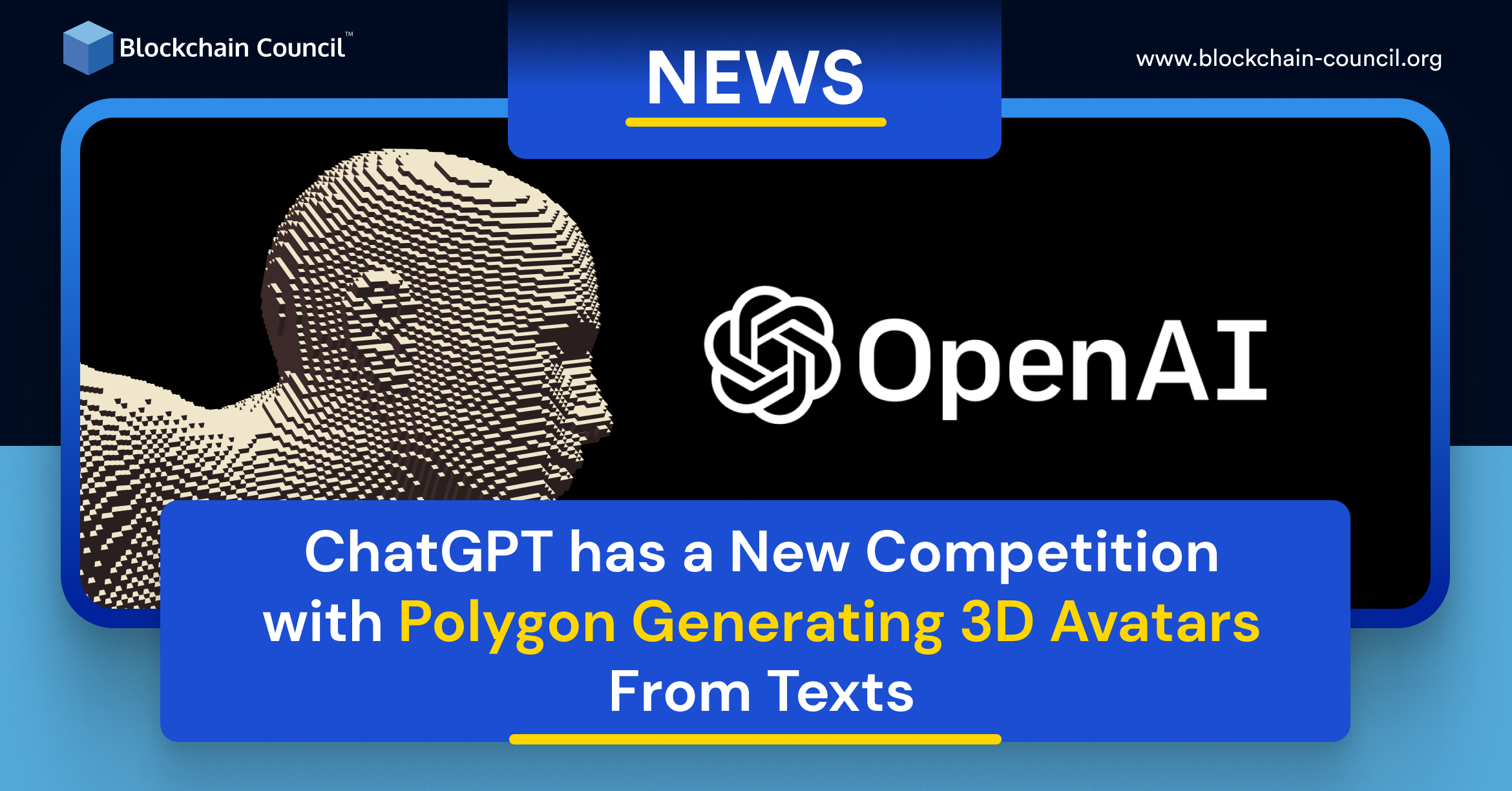
- Blockchain Council
- March 22, 2024
In a pivotal move that promises to reshape the landscape of artificial intelligence, Google has introduced its latest and most advanced AI model, Gemini. Sundar Pichai, Google’s CEO, heralded this development as a significant stride towards establishing Google as an AI-first company.
Gemini, categorized into three versions – Ultra, Pro, and Nano, each tailored for specific tasks, marks a collaborative effort across Google, including Google Research. Demis Hassabis, CEO of Google DeepMind, highlighted Gemini’s flexibility, emphasizing its seamless operation from data centers to mobile devices.
According to Pichai, “With Gemini, our most advanced model, we’re moving forward as an AI-first company, achieving top-notch performance across various benchmarks.” The Gemini era is not just a singular AI model; it encompasses lighter and more robust versions, Nano and Pro, showcasing Google’s commitment to multifaceted AI capabilities.
Introducing Gemini 1.0, our most capable and general AI model yet. Built natively to be multimodal, it’s the first step in our Gemini-era of models. Gemini is optimized in three sizes – Ultra, Pro, and Nano
Gemini Ultra’s performance exceeds current state-of-the-art results on… pic.twitter.com/pzIw6iCPPN
— Sundar Pichai (@sundarpichai) December 6, 2023
Gemini’s integration into Google’s Pixel 8 Pro and products like Search, Ads, Chrome, and Duet AI signals a new era of AI applications. The model’s efficiency in reducing latency for the Search Generative Experience (SGE) in English in the U.S. by 40% has already demonstrated its tangible impact on user experiences.
Developers and enterprise customers can access Gemini Pro starting December 13, while Gemini Ultra undergoes extensive safety checks before its public release. Google’s cautious approach aligns with its commitment to responsible AI development.
Seeing some qs on what Gemini *is* (beyond the zodiac :). Best way to understand Gemini’s underlying amazing capabilities is to see them in action, take a look ⬇️ pic.twitter.com/OiCZSsOnCc
— Sundar Pichai (@sundarpichai) December 6, 2023
Gemini’s entry into the AI arena comes with a clear goal – to outperform its competitor, ChatGPT. Google’s extensive analysis and benchmarking reveal Gemini’s superiority in 30 out of 32 benchmarks. Notably, Gemini’s strength lies in its ability to understand and interact with video and audio, setting it apart from existing models.
Google’s emphasis on Gemini’s multimodality, covering text, audio, images, video, and code, positions it as a versatile and powerful AI tool. The model’s speed and efficiency, especially in processing video and audio content, promise transformative user experiences.
Gemini’s integration into products like Bard and the Search Generative Experience promises a more conversational and interactive user experience. The model’s efficiency and speed, especially in processing video and audio content, demonstrate its potential to transform user experiences.
The announcement of Bard Advanced, set to launch early next year and powered by Gemini Ultra, hints at Google’s commitment to continuous innovation and improvement in its AI offerings.
The unveiling of Gemini represents a monumental effort by Google, reflecting its dedication to advancing AI technologies. However, Google acknowledges the challenges ahead, emphasizing the need for cautious progress as the industry moves closer to artificial general intelligence (AGI).
Gemini’s safety and responsibility undergo rigorous testing, both internally and externally. Google’s commitment to transparency, including sharing results with the U.S. government, aligns with industry-wide efforts to ensure the ethical development of AI.
Google’s Gemini emerges as a game-changing AI model, poised to reshape how users interact with technology. Its versatility, efficiency, and commitment to safety position it as a frontrunner in the competitive field of AI, challenging existing norms and setting new standards for the industry. As Pichai aptly states, “This new era of models represents one of the biggest science and engineering efforts we’ve undertaken as a company.”





































































 Guides
Guides News
News Blockchain
Blockchain Cryptocurrency
& Digital Assets
Cryptocurrency
& Digital Assets Web3
Web3 Metaverse & NFTs
Metaverse & NFTs
